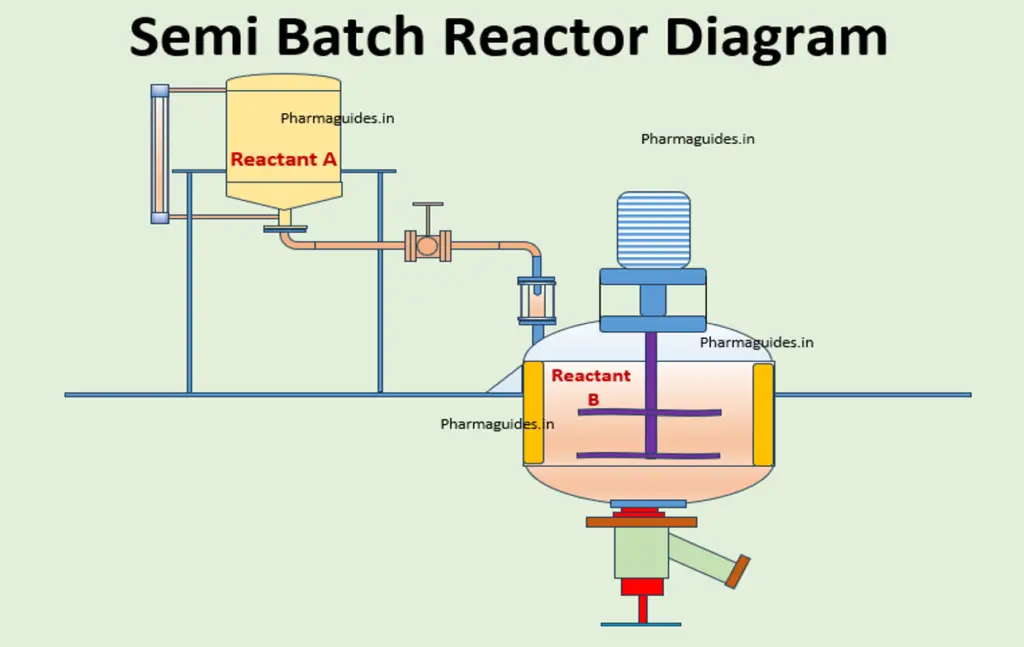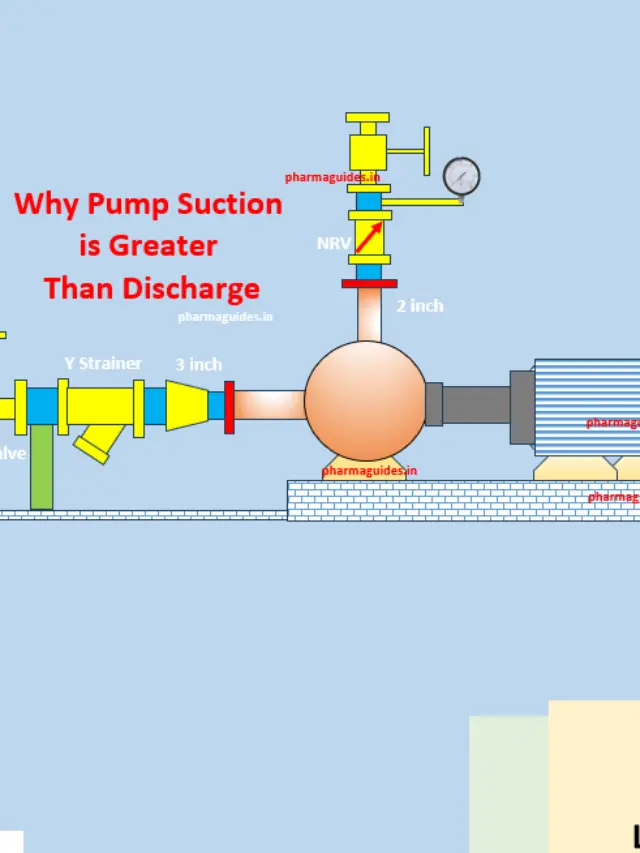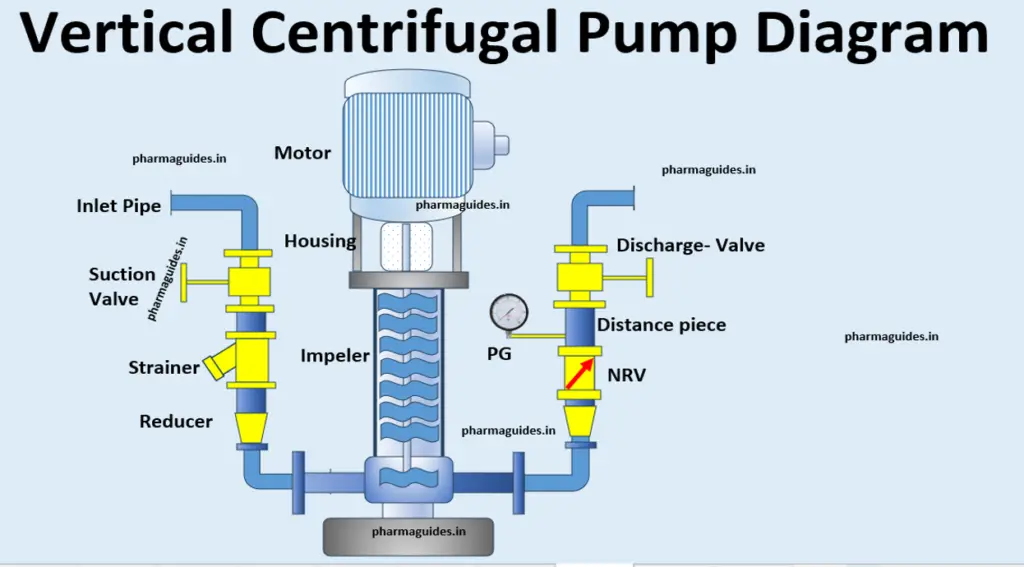Article Contents
Monocrystalline Solar Panel
Monocrystalline solar panels represent a cutting-edge technology in the realm of renewable energy. Renowned for their efficiency and sleek design, these panels are composed of single-crystal silicon, giving them a distinct edge in converting sunlight into electricity. The manufacturing process involves melting a single crystal seed and then slowly pulling it to form a solid, uniform structure. This meticulous method ensures a high level of purity, resulting in an impressive energy conversion rate.

One key advantage of monocrystalline solar panels lies in their space efficiency. Due to their higher efficiency levels compared to other types of solar panels, they require less space to generate the same amount of electricity. This makes them an excellent choice for installations with limited roof space. Additionally, monocrystalline panels tend to perform better in low-light conditions, making them suitable for areas with intermittent sunlight.
Moreover, the longevity of monocrystalline solar panels is noteworthy. With a lifespan exceeding 25 years, these panels provide a reliable and durable solution for residential and commercial solar energy systems. Their sleek black appearance adds a touch of sophistication to any installation, making them not only efficient but also aesthetically pleasing.
Monocrystalline Solar Panel Types
Standard Monocrystalline Solar Panels:
Standard monocrystalline solar panels are crafted from a single crystal structure of high-purity silicon. Renowned for their efficiency and sleek black appearance, these panels are favored for residential installations. The purity of the silicon enhances electron mobility, ensuring optimal energy conversion and making them a reliable choice for those seeking high-performance solar solutions.
Half-Cut Monocrystalline Solar Panels
Half-cut monocrystalline panels are a technological advancement, physically divided into two halves that operate independently. This design minimizes energy losses attributed to shading, enhancing the overall performance of the solar panel. Particularly useful in scenarios where shading may be a concern, these panels offer improved efficiency in challenging environments.
PERC (Passivated Emitter Rear Cell) Monocrystalline Solar Panels
PERC technology revolutionizes monocrystalline solar panels by adding a passivation layer to the rear side of the solar cell. This innovation enhances light absorption and overall efficiency, making PERC monocrystalline panels ideal for environments with varying light conditions, ensuring consistent energy production.
Bifacial Monocrystalline Solar Panels
Bifacial monocrystalline panels go beyond traditional solar panel designs by capturing sunlight from both the front and rear sides. This unique feature enables them to utilize reflected sunlight from nearby surfaces, making them an excellent choice for installations in environments with reflective surfaces, such as snowy areas or light-colored rooftops.
Double-Glass Monocrystalline Solar Panels
Double-glass monocrystalline panels prioritize durability by incorporating an additional layer of glass on the backside. This design not only enhances resistance to environmental factors but also extends the lifespan of the panel. These panels are a robust choice, especially in areas prone to harsh weather conditions.
Flexible Monocrystalline Solar Panels
Flexible monocrystalline panels break away from traditional rigidity, offering a bendable design. This flexibility makes them suitable for curved installations on surfaces like boats or RVs. These panels cater to applications where a rigid structure is impractical, providing versatility in solar installations.
Frameless Monocrystalline Solar Panels
Frameless monocrystalline panels depart from the conventional aluminum frame, presenting a sleek and modern aesthetic. The absence of a frame contributes to a lightweight design, making them an attractive option for those who prioritize a contemporary and visually appealing solar installation.
High-Efficiency Monocrystalline Solar Panels
High-efficiency monocrystalline panels incorporate advanced technologies to achieve superior efficiency rates. These panels are designed for maximizing energy production in limited space, making them an ideal choice for those seeking optimal performance without compromising on the available installation area.
Which is better: monocrystalline or polycrystalline solar panels?
The choice between monocrystalline and polycrystalline solar panels depends on specific requirements. Monocrystalline panels are more space-efficient and perform better in low-light conditions, making them suitable for limited roof spaces and areas with less sunlight. Polycrystalline panels, though slightly less efficient, are more cost-effective and can be a better option for larger installations with ample space.
What is a monocrystalline solar panel?
A monocrystalline solar panel is made from a single crystal structure, usually silicon. This purity enhances electron mobility, resulting in higher energy conversion efficiency. These panels are recognized for their sleek black design, space efficiency, and ability to generate more power in limited areas.
What are the disadvantages of monocrystalline panels?
While monocrystalline solar panels offer high efficiency, their main disadvantage is the higher upfront cost compared to other types of panels. Additionally, their manufacturing process involves a wasteful cutting method, leading to increased production costs.
How many watts is a monocrystalline solar panel?
The wattage of a monocrystalline solar panel can vary, but a standard residential monocrystalline panel typically ranges from 300 to 400 watts. The wattage is influenced by factors such as the size of the panel and the efficiency of the solar cells.
What are the types of solar panels?
The three main types of solar panels are monocrystalline, polycrystalline, and thin-film. Each type has its own set of advantages and disadvantages, catering to different needs and preferences in terms of efficiency, cost, and space requirements.
Which type of solar panel is best?
Determining the best type of solar panel depends on specific project requirements. Monocrystalline panels are often considered the best for residential installations due to their high efficiency and space efficiency. Polycrystalline panels may be more suitable for larger installations where cost-effectiveness is a priority. Thin-film panels, while less common, can be flexible and lightweight, offering unique applications in certain scenarios. The best choice ultimately depends on factors such as space availability, budget, and energy efficiency goals.
The Energy Storage Capacity Means













